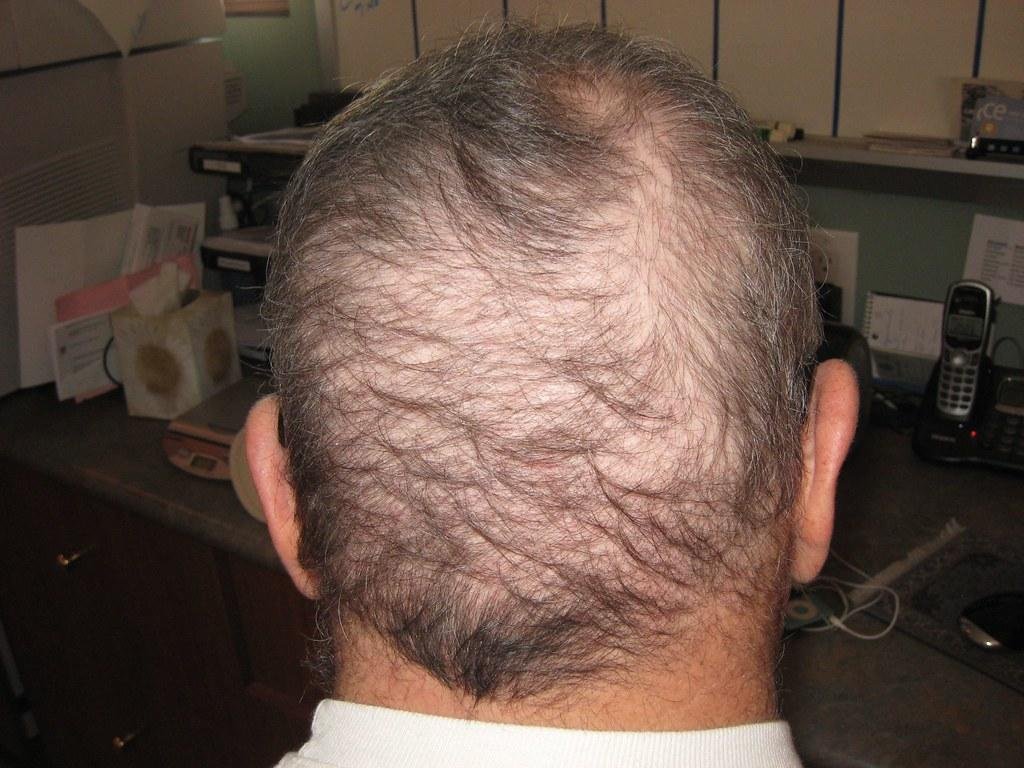Hair loss affects millions of people worldwide, leading many individuals to seek effective solutions to restore their once flourishing locks. Over the years, the field of hair transplantation has seen remarkable advancements, revolutionizing the way individuals combat baldness. This article delves into the science behind modern hair transplant techniques, shedding light on the ingenious procedures that have brought renewed hope to those battling hair loss. By exploring the intricate methods used in hair transplantation today, we aim to unravel the science behind this concept of renewal, providing valuable insights into the cutting-edge technologies reshaping the field of hair restoration.
Headings:
Hair loss is a common issue that many individuals face as they age. Fortunately, modern hair transplant techniques have revolutionized the field, providing more effective and natural-looking results than ever before. In this article, we will delve into the science of hair renewal and explore some of the cutting-edge techniques used in today’s hair transplant procedures.
One popular technique is the Follicular Unit Transplantation (FUT), also known as strip harvesting. This method involves removing a strip of hair-bearing skin from the back of the scalp, which is then dissected into individual follicular units and strategically placed in the thinning or balding areas. FUT provides a high graft survival rate and allows for the transplantation of a large number of hair follicles in a single session.
Another advanced technique is Follicular Unit Extraction (FUE), which involves extracting individual follicular units directly from the donor area using a small punch tool. This minimally invasive method eliminates the need for a linear scar associated with FUT and allows for a quicker recovery time. FUE can be performed using a handheld punch or with the assistance of robotic technology, such as the ARTAS system, which uses artificial intelligence to select the most suitable hair follicles for transplantation.
In summary, the field of hair transplantation has come a long way, offering individuals with hair loss a range of innovative and effective solutions. Whether you opt for FUT or FUE, these modern techniques can help you achieve natural-looking and long-lasting results. Don’t let hair loss hold you back – take advantage of the science of renewal and restore your confidence with a modern hair transplant procedure.
1. Understanding the Latest Innovations in Hair Transplantation: From FUT to FUE Techniques
With advancements in science and technology, hair transplantation has evolved significantly over the years. Gone are the days when traditional Follicular Unit Transplantation (FUT) was the only option available for those seeking to restore their hair. Today, individuals have access to a range of cutting-edge techniques, including the increasingly popular Follicular Unit Extraction (FUE) method.
FUT involves the surgical removal of a strip of hair-bearing tissue from the donor area, usually the back of the head, which is then dissected into individual follicular units and transplanted into the recipient area. On the other hand, FUE is a minimally invasive procedure that involves the extraction of individual hair follicles directly from the donor area, utilizing a specialized instrument. These follicular units are then transplanted into the areas of hair loss or thinning.
The major advantage of FUE is that it does not leave a linear scar like FUT, making it an attractive choice for those who prefer shorter hairstyles or who are prone to scarring. Additionally, FUE allows for quicker recovery time and less post-operative discomfort. However, it is important to note that FUE typically requires more time and expertise from the surgeon due to the precision required for removing individual follicles. Ultimately, the choice between FUT and FUE depends on various factors, including the patient’s individual needs, preferences, and the expertise of the surgeon.
To summarize, the field of hair transplantation has witnessed remarkable advancements, providing individuals with a range of options to address their hair loss concerns. Whether one opts for the traditional FUT technique or the modern FUE method, it is essential to consult with a qualified and experienced hair transplant surgeon to determine the most suitable approach for achieving the desired results. In conclusion, the strides made in modern hair transplant techniques have revolutionized the field, offering renewed hope for individuals struggling with hair loss. From the traditional strip method to the more advanced Follicular Unit Extraction (FUE) and robotic-assisted procedures, scientific advancements have paved the way for more natural-looking and permanent results. The meticulous precision and artistry employed by skilled surgeons, combined with cutting-edge technology, ensure that patients can now achieve their desired hair restoration goals with minimal discomfort and downtime.
Understanding the science behind hair transplant procedures is essential for individuals considering this rejuvenating treatment. The complex process involves not only the extraction and transplantation of hair follicles but also the careful consideration of factors like donor site selection, graft survival, and proper distribution. By merging medical expertise with scientific innovation, these modern techniques offer a fresh lease on life for those struggling with hair loss, enabling them to regain not only their hair but also their confidence.
While it’s important to recognize the tremendous progress made in the hair transplant field, it’s also crucial to acknowledge that each individual’s experience may vary. Factors like age, hair type, overall health, and expectations play a significant role in determining the ultimate outcome. Therefore, seeking a thorough consultation with a qualified hair transplant surgeon is fundamental before embarking on this transformative journey.
As the science of renewal continues to evolve, ongoing research and technological advancements will further refine and enhance existing techniques, providing even more exceptional outcomes for future patients. By staying informed and aware of the latest developments in hair transplant procedures, individuals can make informed decisions about their own hair restoration journeys and find solace in the fact that science continues to push the boundaries of what is possible in the pursuit of hair renewal. With the integration of science and artistry, modern hair transplant techniques are transforming lives one strand at a time, empowering individuals to reclaim their confidence and embrace their own unique beauty.
